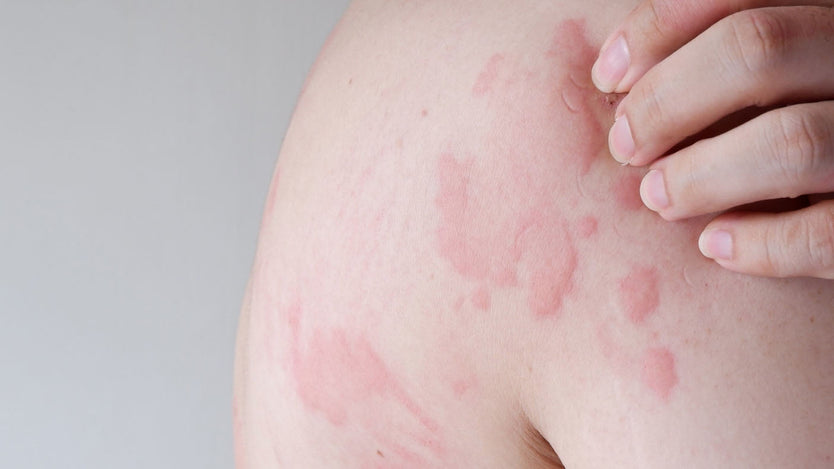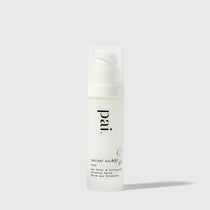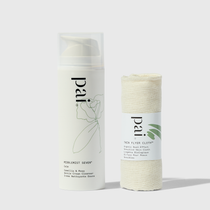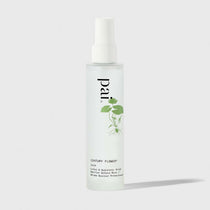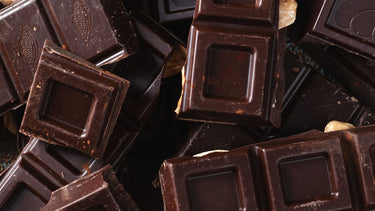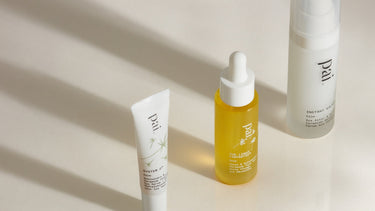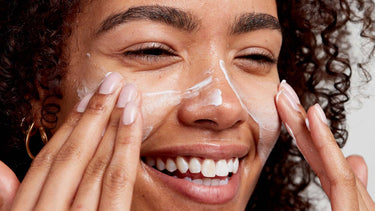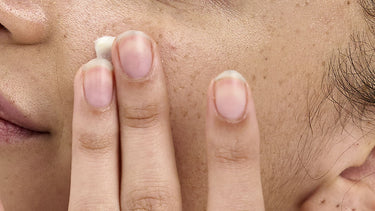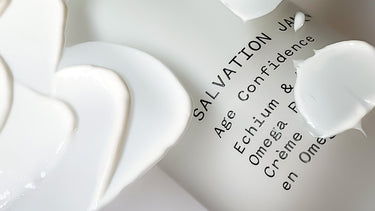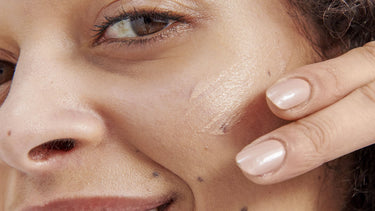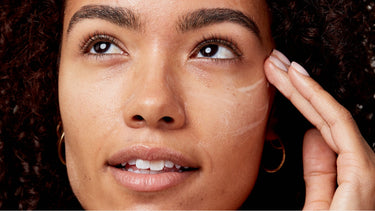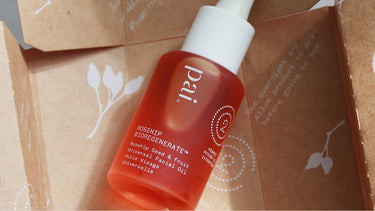Urticaria is a condition I know all too well. Out of the blue, I developed urticaria overnight and my usually calm skin became irritated, hyper-sensitive and acne-prone.
Trying to keep it under control was a daily battle, and finding products that didn’t contain problem ingredients brought a whole new challenge. So much so that urticaria is the reason I began formulating my own products and launched Pai – to help others like me.
Years on, urticaria still lives in the shadow of better known conditions like acne and eczema, and as a result sufferers are often left in the dark with little advice or support. However, with the right advice and products, the condition can be kept at bay.
Here’s everything you need to know about urticaria and hives, from what it is to what causes the condition and what your treatment options are.
What is urticaria?
Urticaria, also known as hives, is an allergic rash consisting of raised bumpy red welts.
Like all allergies, the manifestations of urticaria vary from person to person, but I find it most often appears across my upper back and shoulder blades.
Although it never breaks the skin, the rash is extremely itchy and hot to the touch, making urticaria an unsightly and uncomfortable condition to live with.
Though everyone’s urticaria experience is different, there are thought to be three main types:
Acute urticaria
Flares fairly quickly after contact with an allergen and can last anything from a few hours to six weeks. Heat or exercise can be a trigger but food allergies tend to be the most common cause.
Chronic urticaria
Less likely to be caused by an allergy or physical stimulus and lasts for over six weeks. This type is termed ‘idiopathic’ (of unknown cause), which can make it difficult to diagnose. (This is the type I have.)
Physical urticaria
Triggered by a physical stimulus – anything from heat to water – and only lasts for a couple of hours.
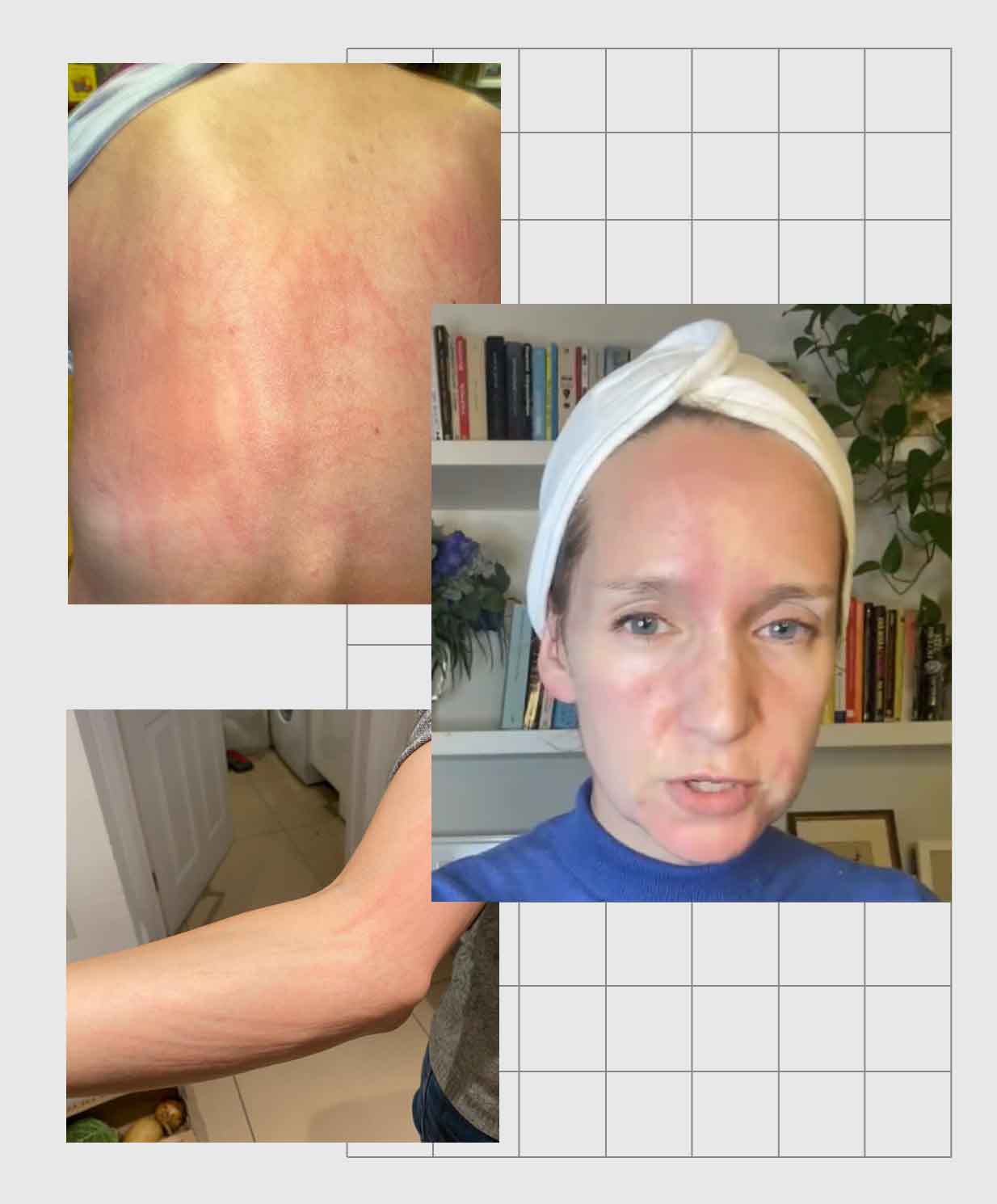 Pai's Founder Sarah Brown has chronic urticaria
Pai's Founder Sarah Brown has chronic urticaria
Urticaria symptoms
You get hives when something (a trigger - more on this later) causes high levels of histamine and other chemicals to be released in your skin.
Hives presents itself as swollen rash, and it can appear on the face (including the lips and tongue) or body, or both if you’re really unlucky. These raised patches or welts of itchy skin will usually look red in fairer skin, but the change in color can be harder to spot in brown or black skin tones.
The size of the welts can vary, from being just a few millimeters to the size of your hand, and sometimes the wheals appear to join together as they spread. The itch can feel unbearable and you might feel a rush of heat in the skin too.
If you are also feeling unwell or have swelling under rather than on top of the skin, it’s important to seek help from a doctor.
Urticaria causes and triggers
What makes urticaria difficult to avoid is that there are many possible triggers and each individual will have their own factors that will set them off. In general, triggers tend to fall into six categories.
Food
Food allergies tend to be the most common trigger of acute urticaria, but can be a problem across the board. Eggs, shellfish, tomatoes and nuts tend to be the worst culprits. Alcohol can also be a trigger (especially wine for me!). It is often recommended that you keep a food diary for a month so that you can identify your personal intolerances.
Salicylates
Salicylates can be found in a number of foods but also in things like aspirin and paracetamol, which is why doctors always recommend avoiding these types of analgesics.
Stress
Urticaria often relapses when we’re stressed or tired as our natural defences are down.
The mind and body are interconnected, so maintaining a steady emotional balance can help reduce flares.
Physical abrasion
The most obvious trigger for me is physical abrasion. Sufferers of urticaria tend to have such hypersensitive skin, that rubbing or scratching it causes the tell-tale red lines to appear. This reaction is known as dermatographism.
External irritants
As is common for a lot of people, the onset of urticaria made my skin generally hypersensitive. After a lot of research and testing, I identified a few common ingredients in my beauty products that my skin really didn’t respond well to – the worst offenders tended to be synthetic preservatives (Phenoxyethanol) and fragrances (Parfum) in cosmetics. Pai was born from my search for an alternative.
Extreme temperatures
Much like other conditions such as eczema and rosacea, both very hot and very cold weather can cause urticaria flare-ups.
How to treat urticaria
There are a number of different approaches to treating hives. Often the reaction will just go away on its own but if not, these are some things you can do.
Prescription medications
Doctors often prescribe antihistamines as a treatment – in severe cases they’ll even prescribe two, one to take in the day and another for at night. However, antihistamines provide only temporary relief and aren’t generally advised for use long term.
Natural medicines
Quercitin is nature’s antihistamine, and is considered a more effective alternative as it blocks the release of histamines rather than just masking their effects.
Other natural remedies are also available - ‘urtica’ translates from Latin as ‘nettle’, and it is thought that nettle teas and other nettle-related homoeopathic treatments can also be beneficial.
Keep cool
The heat often makes urticaria worse so it’s important to keep cool. Wear lightweight breathable fabrics (like cotton or linen) and try to avoid any particularly tight clothes in areas where you usually flare up.
A cold compress on the area can also provide some immediate relief. Try wrapping ice packs or frozen peas in a cloth or tea towel and press onto the area.

Best skincare products for urticaria
When you are prone to a condition like urticaria, your skin becomes much more sensitive. This means it’s important to invest in skincare suitable for sensitive skin and products that avoid potentially irritating ingredients like synthetic preservatives and fragrances.
Pai’s entire range is suitable for urticaria but the calm range is particularly helpful at soothing aggravated skin.
To keep urticaria breakouts on the body under control, wash with a gentle body cleanser and apply a calming body moisturizer.
For the face, use a non-foaming cream cleanser followed by a soothing face mist (which is great for spritzing whenever you have a flare-up). Opt for a serum designed to strengthen stressed-out skin like Instant Kalmer, then follow with a calming moisturizer.
To up the ante on your routine, you could add in a light face oil such as The Light Fantastic, which helps to relax hypersensitive skin - or try our Prebiotic Booster to help rebalance the skin’s delicate microbiome.
Need more advice about urticaria and sensitive skin? Book a free skin consultation with one of our skin coaches for in-depth, one-on-one advice.



























